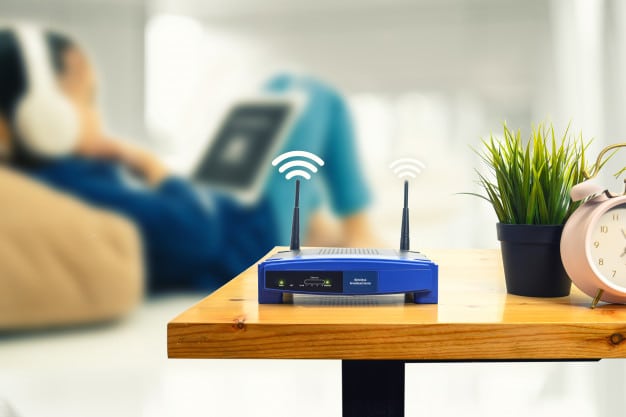Network devices are hardware devices that operate within a network. They are components that make up the network infrastructure, such as modems, routers, and switches. Companies that utilize networks daily are likely familiar with these three network devices. But what if one of them breaks, or even all three are problematic? The answer is, of course, monitoring. While the previous article discussed how Netmonk monitors servers, this article will discuss how Netmonk provides solutions for problematic network devices. Here’s a complete explanation.
How Does Netmonk Work?
The way NetMonk, a network monitoring application, monitors network devices is similar to how it monitors your company’s servers. As explained in the previous article, Netmonk utilizes two protocols: Simple Network Management Protocol (SNMP) and Internet Control Message Protocol (ICMP). Let’s discuss each one. SNMP is the standard protocol for monitoring network devices. Furthermore, SNMP is also used to monitor the status of a device. The ICMP protocol is used to determine whether a device is on or off. When monitoring a network device, the SNMP agent requests data such as on and off status, link utilization, CPU and RAM storage. This data is then entered into a database, which is then analyzed on a dashboard for both current and historical device data. The following is a screenshot of the NetMonk dashboard.
So, what’s the difference between monitoring servers and network devices? Before Netmonk can monitor a server, you must install an SNMP daemon on the server, whereas before Netmonk can monitor a network device, SNMP must already be installed on the network device, so access can be granted. If you’re interested in the solutions provided by Netmonk, Indonesia’s network monitoring service, please contact customer care via the information listed on our website.
Reference:
https://www.pcmag.com/encyclopedia.com/term/66760/network-device
